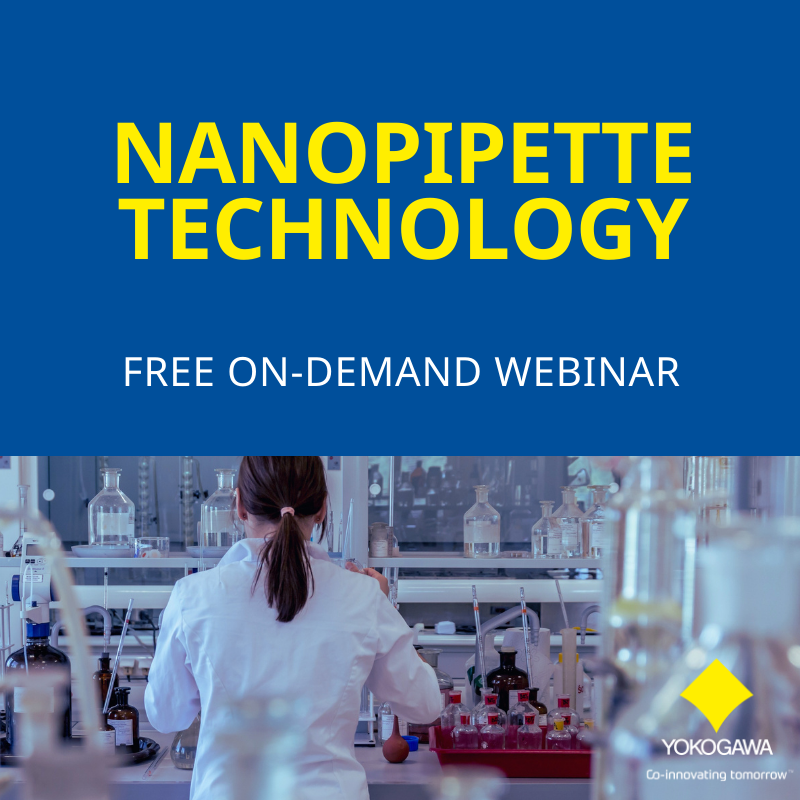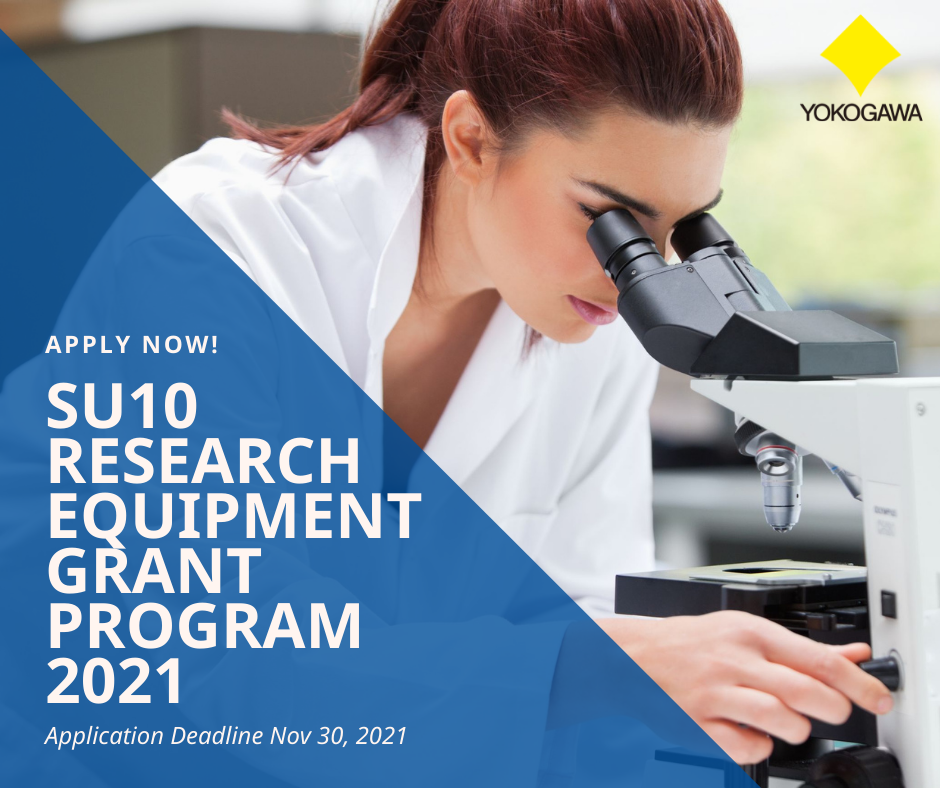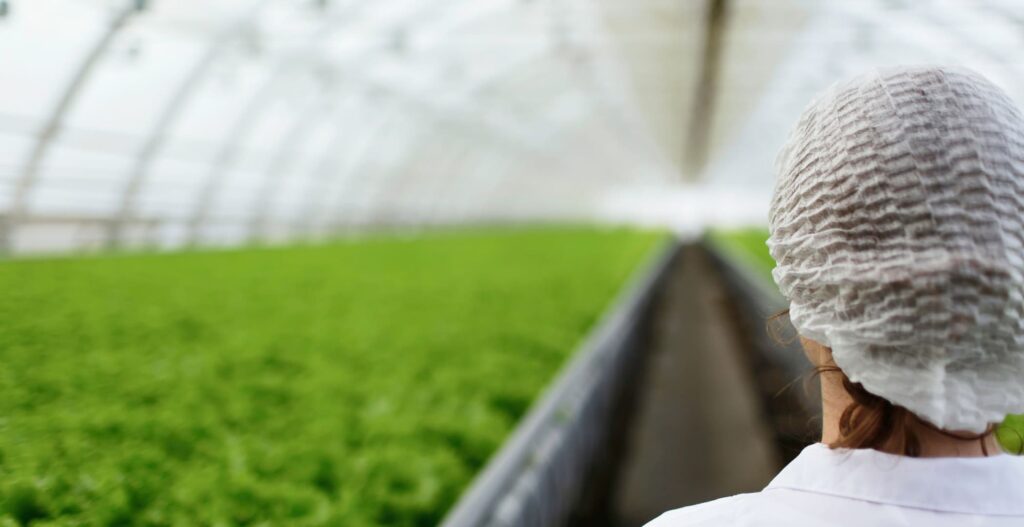Interview with Professor Nader Pourmand
Today, Dr. Erika Zernickel had the honor to conduct an interview with Nader Pourmand who is a Professor of Molecular Engineering at the University of California Santa Cruz. He was also the co-founder and Chief Scientific Officer of Bio Stinger Inc. This company invented the nanopipette technology for Yokogawa’s Single Cellome™ SU10.
Dr. Erika Zernickel: Thank you for joining this interview. Why did you choose the career path as a scientist?
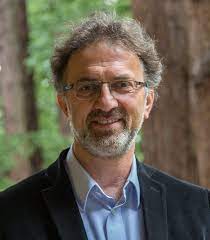
Professor Nader Pourmand: I was fascinated and interested in science, already at a very young age. When I was 10 years old, I was envisioning that one day, during my lifetime, technologies would be available to see and talk with a person on the other side of the globe using a hand-held device (todays’ smartphone) in real-time and acquire vital info (body temperature, respiration rate, glucose level, blood pressure, pulse rate, and etc.) on our vitals. The first part, communicating with others in real-time, is the reality now. The use of smartphones has been integrated into our day-to-day life. Acquiring vital information is not yet implemented fully. That’s why I set a goal for myself to work towards that and make it happen.
Professor Nader Pourmand’s advice for Students
Dr. Erika Zernickel: What would you recommend to students who’d also like to pursue a career in Science?
Professor Nader Pourmand: Perusing a degree in Bioengineering that involves Biology, Electrical Engineering, Physics, and Nanofabrication. In my opinion, Bioengineering is an emerging field and students need to learn how to bridge biology with different disciplines.
Dr. Erika Zernickel: You are a Professor of Biomolecular Engineering. Which questions do you mainly address in your lab?
Professor Nader Pourmand: This is a complex question. Currently, we are focused on nanosensor development. The questions that come up involve: How to block the unspecific binding? How to improve the sensitivity and selectivity? How can we use this platform to build an artificial cell?
Nanopipette Technology
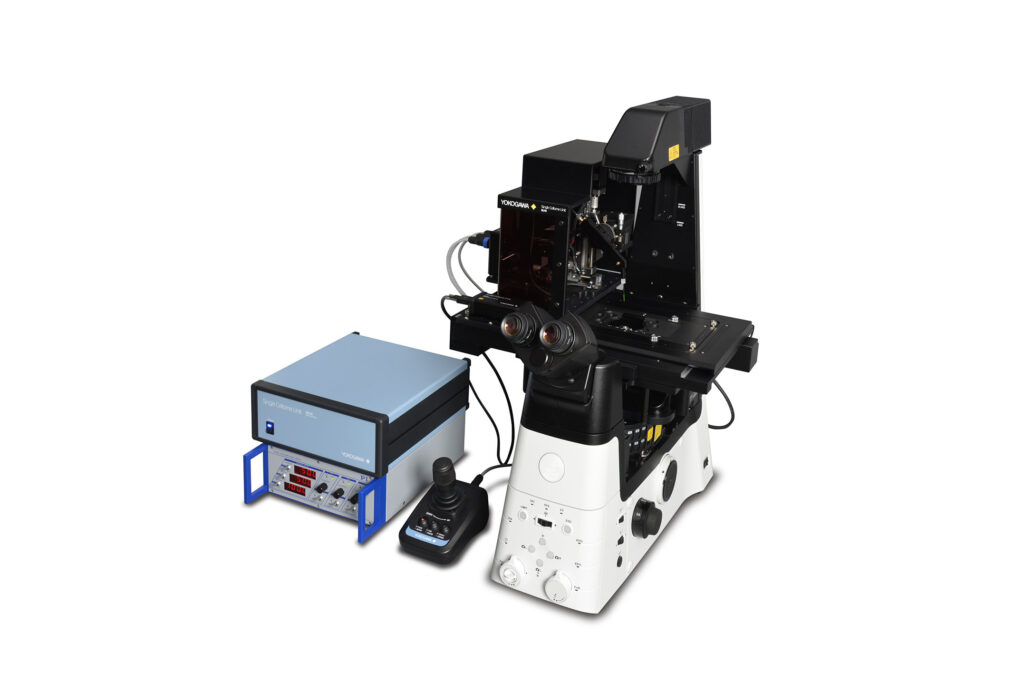
Dr. Erika Zernickel: You invented a new and innovative technology for single-cell analysis based on nanopipette technology. What was your intention to design such a technology?
Professor Nader Pourmand: Almost 12-13 years ago, my vision was to build a system that could go inside of a cell to analyze and manipulate it without compromising the cell function. Previously I was working on micropipettes to inject materials into the cells, of course, larger cells. I knew using the micropipettes for regular cells, such as cancer cells, would not work with the intended cells. Therefore, I tried to make/pull smaller tips in order to not disturbing the cell’s functionality. It took a couple of years until we set the parameters for pulling the pipettes to achieve the desired size that could be used for the intended applications.
Dr. Erika Zernickel: What are the advantages of this system compared to the other systems on the market?
Professor Nader Pourmand: Literally, there is no other system that can perform and assist researchers that I am aware of. This technology can assist scientists to answer questions that they could not answer with existing technologies. It enables them to ask new questions that were not possible previously.
[vc_cta h2=”Single Cellome™ Unit SU10 Research Grant Program 2021″ color=”peacoc” add_button=”bottom” btn_title=”Learn more” btn_color=”warning” btn_link=”url:https%3A%2F%2Fbit.ly%2F3gsFkP8|title:SU10%20grant%20landing%20page|target:_blank”]For the first time ever, we are announcing our first Single Cellome™ Unit SU10 Research Grant Program. Are you a graduate, a researcher, or a scientist (including industry) located in Europe?
Use the chance to apply for the free use of Yokogawa’s brand new Single Cellome™ Unit SU10 for a period of six months.
Application Deadline: November 30, 2021
Do you need more details? Click the button below!
[/vc_cta]
Why analyze single cells?
Dr. Erika Zernickel: What are the main reasons to analyze single cells in contrast to whole-cell populations?
Professor Nader Pourmand: As we know already “two snowflakes are not the like neither two cells”. Each individual cell is responding to drugs and other manipulations differently. Current technologies require harvesting the cells for biomolecular analysis. As soon as we have a finding and would like to follow up on that lead. It means to go back to the same cell but that cell is not available anymore. Then we have to use a different cell that does not have exactly the same manifestation(s), simply comparing “apples with oranges”. Using the cell populations, we are missing/diluting the information from a few cells in the population which might be the most important information. A good synergy is cancer cells that only a few cells are resistant to drug treatment.
Dr. Erika Zernickel: Which new insights did you get when using the nanopipette technology for your own research?
Professor Nader Pourmand: Using Nanopipette technology, we have observed and learned that there are rare and unique molecules in a different compartment of the cells that are not expected to be there. The burning question is why these molecules are residing there. An example of our findings is published in JBC.
Challenges in Biomolecular Engineering
Dr. Erika Zernickel: When you look into the future, what will be the biggest challenges in Biomolecular Engineering?
Professor Nader Pourmand: In my view, not only manipulating the live cells are important but also being able to manipulate and analyze the cell organelles in a high throughput fashion. This is important for better patient management in the clinics.
Dr. Erika Zernickel: Thank you for the interview.
[vc_cta h2=”On-Demand Webinar: Nanopipette Technology – A new tool for single-cell analysis” color=”peacoc” add_button=”bottom” btn_title=”Watch the free webinar” btn_color=”warning” btn_link=”url:https%3A%2F%2Fbit.ly%2F3gzZF5i|target:_blank”]In the interview above, Professor Dr. Pourmand (University of California Santa Cruz) spoke about nanopipette technology. Watch this webinar recording if you would like to know more about SU10 Nanopipette Technology and how it can be used for single-cell manipulation.
